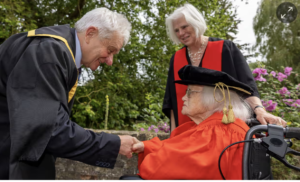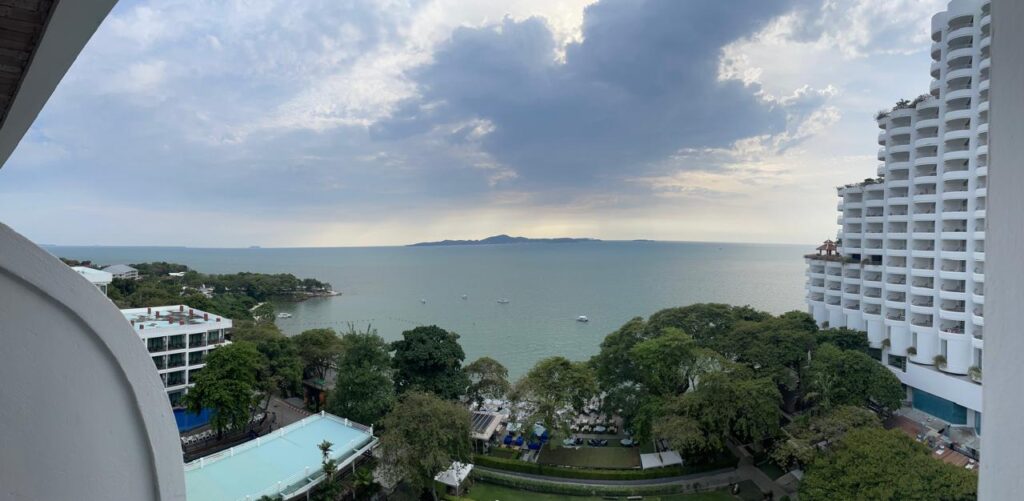Vinitha Thiyagarajan Upaassana: Pioneering Point-of-Care Diagnostic Development
Meet Vinitha, a senior scientist specializing in developing immunoassays for point-of-care diagnostic of protein biomarkers using portable fluorescence and chemiluminescence analyzer. She has collaborated with CDC-NIOSH to detect TNF-α and CC-16 in clinical samples of coal mine workers using ICH guidelines. Vinitha has also played a vital role in detecting COVID-19 S & N-protein, IgG & IgM antibodies using nasal and saliva samples in collaboration with UC Children’s Hospital. She focuses on designing and optimizing ELISA, FRET-based assay, and molecular diagnostic assay for polymer microfluidic immunoassay devices to detect blood and salivary biomarkers, including stress disorders and infectious diseases. Vinitha has published in several peer-reviewed journals and three first-author publications.
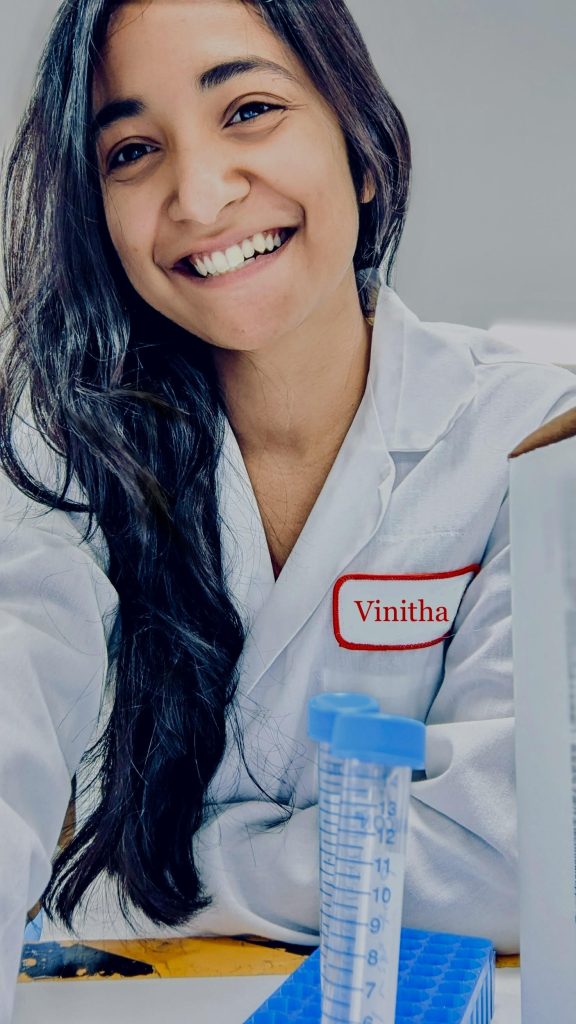
SheSight is thrilled to have Vinitha Thiyagarajan Upaassana as its special feature personality and is pleased to share her incredible achievements and contributions to science and technology. Here is an excerpt of the conversation that SheSight magazine’s founder Dr. Chandra had with Vinitha:
Dr. Chandra: It’s rare for scientists, especially women scientists, to be featured in the media. She Scientist series was launched by SheSight to feature and highlight women scientists who are the real architects of the future world. Our objective is to showcase amazing women in this field.
Let’s get started. Can you tell us about your background, how you started and became a scientist, and your childhood and growth journey so far?
I started my educational journey in India, completing my undergraduate degree in Electronics and Communication Engineering from Sri Krishna College of Engineering and Technology in 2014. I then pursued my Ph.D. in Electrical Engineering with a biomedical specialization at the University of Cincinnati. My research focused on the development of rapid diagnostic tests, similar to pregnancy test strips, for various diseases. Most of my work was with the Center for Disease Control and NIOSH, focusing on occupational health. I graduated a year ago after a seven-year research journey.
You mentioned that you were fascinated with becoming a scientist from a young age, which is a message in itself. Can you tell us how you chose to become a scientist and designed your career accordingly?
I attended Avila Convent in Coimbatore, India, for my entire 14 years of education, and it was there that I was inspired to become a scientist at a very young age. I was fortunate to have excellent science teachers who sparked my interest in research and development. My passion for R&D grew naturally, and my first exposure to research was in eighth or ninth grade when my science teacher asked us to find the most recent scientific technology or development that was shaking the world and present it to the class. Although I initially hated the project, I discovered my first interest in nanofluidics and microfluidics, which exposed me to the tiny world that is visible only under a microscope or nanoscope.
After finishing school, I wanted to pursue a career in nanotechnology, but there weren’t many opportunities in India to specialize in that field. So, I took the easier route and completed my degree in Electronics and Communication Engineering. However, my exposure to nanotechnology continued to increase, and by the time I graduated, there were more opportunities available, but not in India.
Moving to the US for my Ph.D. was not initially motivated by research. I had to convince my parents that it was a safe and reasonable decision, which is a common fear for many parents in India. However, my move to the US was also driven by my desire to break generational curses and challenge the societal norms that have hindered women in science in India.
Although my Ph.D. journey was challenging, I learned valuable life lessons that I will carry with me for the rest of my life. Without the support of the people around me, I would not have been able to achieve what I have today.
I’ve noticed a common theme among female scientists who visit this forum – they faced barriers to convincing their families and society that they wanted to pursue a career in science. I admire your determination to break generational barriers and inspire the next generation of female scientists. What new approaches can we take in education to encourage more girls to pursue STEM?
I believe that’s an excellent question, and it’s something that I frequently ponder upon as well. Sometimes, I find myself contemplating different scenarios and their outcomes in various situations. Sharing my thoughts with others is something that I’m open to doing. As a student, I had a bad experience with a teacher which made me dislike a subject, so I understand the importance of a teacher’s role in inspiring students. What else can we do to inspire students in STEM?
Maybe the world needs more humanists than mathematicians.
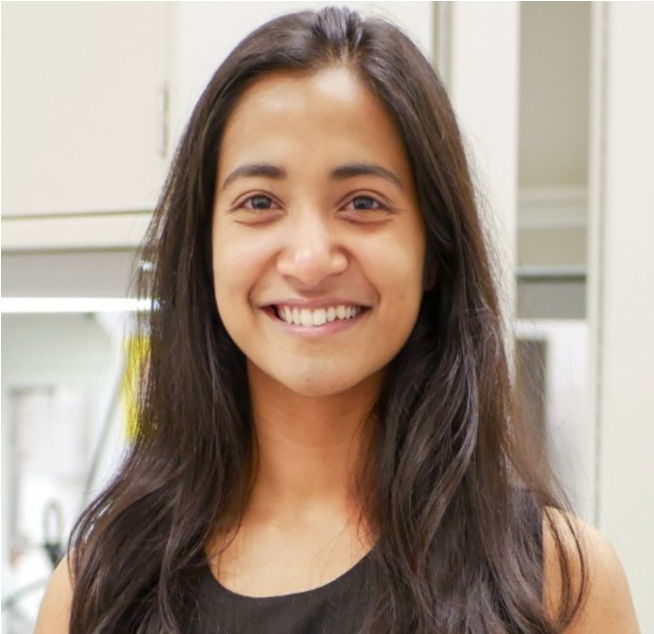
I completely agree, and I was just about to express that sentiment as well. To your point, I believe it’s important for me to share that I attended a historically women-empowering school for 14 years of my schooling. While I don’t claim that it’s the only way to address gender discrimination, I do believe that my education gave me a unique advantage. In comparison to my female peers from similar backgrounds, I feel that I possess an extra edge. From a very young age, I was taught that my competence mattered more than my gender. This underlying principle was consistently reinforced in our school, and it has been instrumental in shaping who I am today as a scientist and a student. I strongly believe that we should start by teaching all children, regardless of gender, that competence is what matters, not their appearance, ethnicity, or socioeconomic background. Unfortunately, there is often an unintentional bias towards young children in schools, both in India and the US, and this needs to stop. We must be aware of the language we use when talking to children, and what messages we are conveying to them. Even simple comments like “You’re not supposed to laugh loud because you’re a girl” can have a lasting impact. We need to consciously reinforce the message that children can be whatever they want to be and that their gender does not limit their potential. If we can instill this foundational strength in children from a young age, it will help them navigate gender discrimination and biases throughout their lives.
It’s important to acknowledge and discuss biases in society to effect change. With today’s increased connectivity and access to information, we have the opportunity to be better informed and aware. Tell us more about your research.
My research focused on microfluidics and developing highly sensitive rapid diagnostic tests for infectious diseases, stress disorders, cardiac biomarkers, and more. The novelty of my work was developing a plastic microfluidic device that is highly sensitive, can detect even the slightest concentrations of biomarkers, and uses saliva instead of blood for painless and easy collection. The device not only provides a yes or no answer but also tells the exact quantity of biomarkers present in the bloodstream, making it useful for chronic diseases like diabetes.
Great work! Your innovation in developing a saliva-based diagnostic tool for chronic diseases is truly remarkable. As someone with diabetic parents, I understand the struggles of daily blood sugar testing. Your method will not only make life easier for them but for many others with chronic conditions. I look forward to the commercialization of your work and its widespread availability to the general public.
The project was funded by the CDC and other industries that own the patents. It is currently going through the FDA regulatory process and is in the pipeline for commercialization, which may take a few more years.
As a scientist, I agree that it’s important to consider gender and other intersectional factors in research. In our case, we did not specifically analyze the intersectionality of gender and sex in our research outputs, but we did make sure to include diverse populations in our clinical studies to ensure that the device works for a variety of people. We also considered factors such as age and race in our analysis. However, I think there’s always room for improvement and more research on this topic, and I’m happy to continue to support and advocate for gender and intersectional analysis in scientific research.
Equal representation of men and women in case studies is crucial for accurate scientific results. In the past, it was challenging to find female volunteers for studies, but there are now more incentives to encourage their participation. Even small details, such as the design of chairs in research labs, can have an impact on women’s health and posture. While progress has been made, there is still a lack of data on reference ranges for women in certain fields, making it difficult to fine-tune diagnostics for them. As a researcher, I have contributed to this effort but recognize that there is still work to be done to ensure equal representation in all areas of research.
It’s great that more attention is being given to women’s health, but funding for it is still lacking compared to other diseases. We need more women scientists and startup founders to create solutions for women’s health and other needs. Let’s talk about your startup, now.ai. How did you connect artificial intelligence and immune assay development? Can you tell us about how you started the company and your future goals?
Agreed. My research work and startup are not related, which is beneficial to avoid legal issues and conflicts of interest. I am the founder and director of Perceive Now, an AI-based software platform for C-suite executives, decision-makers, and investors to extract growth and market expansion insights from patents and publications. We automate the process of extracting relevant business insights, which is currently a challenge for data analysts and strategists. I started working on it five years ago and received funding from a Silicon Valley accelerator last year. We are now a team of nine members working on cutting-edge features for market growth insights and relevant patents and publications.
Which technology do you think will have a greater impact on humans in the next decade: biotechnology or AI?
Well, I don’t think AI and biotechnology are exclusive technologies that can be compared. There’s a lot of overlap between them, especially with the development of AI-related biotechnology devices and the Internet of Things. AI in healthcare is huge and there’s a lot of data being generated from biotechnology devices and diagnostics. The question is, what are we going to do with all this data? This is where AI comes in. I don’t think we can compare these two technologies, but they both complement each other and that’s the right way to approach things moving forward.
I believe that in the future, all types of technology and humans will need to connect to bring about innovative solutions. As for managing my time as a scientist, it can be challenging, but I prioritize tasks based on their importance and try to maintain a balance between work and personal life. In the future, all technologies, including AI and biotechnology, will need to connect with humans to bring about innovative solutions. As scientists continue to learn and invent, the world will benefit greatly. As for managing time and the day-to-day life of a scientist, could you share some insights?
I’m always working on that question, to be honest.
As an entrepreneur and a scientist, how do you balance those two roles?
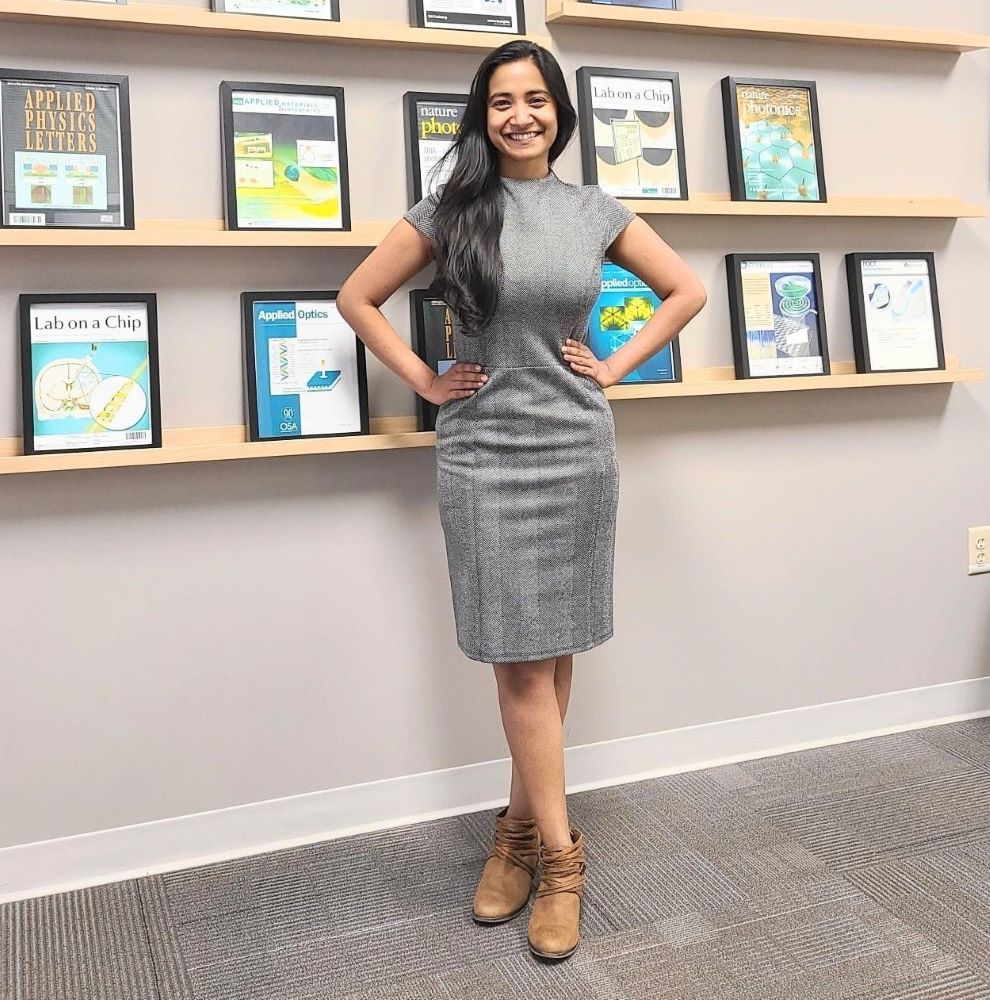
One lesson I’ve learned as a scientist and entrepreneur is that it’s better to act on something rather than spend too much time thinking about it. This advice from my mentors and advisors has helped me manage my time better by prioritizing what needs to happen daily while keeping the big picture in mind. However, switching my brain’s focus between science and entrepreneurship can be challenging. It’s crucial to surround myself with dedicated and passionate team members who contribute to the success of our business. Managing a remote team has been an advantage, but it’s the people I work with that have truly helped me excel in my roles. While I still have much to improve on in terms of time management, I will continue to work on it.
I always say that behind every successful woman is a great team, and the same applies to successful startup founders. So, I am grateful for the amazing team that has helped me achieve success in my journey. I appreciate your insights and perspectives, and I am confident that you will achieve great things in your career. I would love to collaborate and work with you in the future. Perhaps, we can do a follow-up interview when you receive more awards. Thank you for your time and expertise.
Certainly. I’m really glad to have had this conversation with you as well. Thank you for your kind words and for sharing your insights and experiences with me. Encouraging and supporting female scientists is important and necessary for the world, and I’m honored to be able to contribute to that cause in my own way. I also hope to continue our conversation and possibly collaborate in the future. Thank you again, and have a great day!
Staff Reporter


